Decoding Radio's resilience in the age of on-demand and playlists – Part 1
In the era of personalized playlists and binge-worthy podcasts, does the crackling charm of radio still hold relevance? While on-demand platforms offer endless audio possibilities, radio boasts a unique blend of immediacy, community, and live magic that continues to enchant millions. But can it keep its dial spinning in the face of evolving listening habits?
The surprising resilience of radio owes in great measure to its enduring strengths: the thrill of live broadcasts, the power of shared experiences, and the trusted companionship it offers in an increasingly fragmented media landscape. Yes, radio can remain relevant in the age of on-demand, and it is not destined to fade into the static? It’s a medium that's far from turning off the airwaves anytime soon.
Personalized listening
Radio is an enabler of other mediums, opines an optimistic Nisha Narayanan, director and COO, Red FM and Magic FM.
“The industry believes in uplifting rather than competing. This is how we have been able to embrace on-demand platforms like podcasts as our own. Anyhow, private FM radio is one of the most widely spread media platforms in the country, and through its unique programming, it helps audiences discover the content apart from what usually listeners search for and find out on OTT or the web in general. Besides the on-air programming, it has also brought out supremely talented RJs into the content creation space. With Red Podcasts like Hidden Files, Ek Kahani Aisi Bhi, and many other popular episodic series on radio, they also went on to be major hits on the digital platform,” says Narayanan.
Moreover, she adds, there is always the history of collaboration with on-air mediums when the audio OTT players began their journey to leverage the mass reach of radio. “So from where I see it, it’s truly a world of coexistence and not competing. In their own way, both platforms are working towards increasing the share of the audio pie.”
On-demand platforms like podcasts offer vast content diversity and personalized listening experiences; so the question is how can radio compete and sustain in this landscape, says Ashit Kukian, CEO, Radio City.
In the evolving media landscape, Kukian points out, radio has always been embracing innovation and adapting to changing listener preferences. To stay relevant, he adds, radio stations can incorporate on-demand platforms, such as podcasts, offering diverse and personalized programming.
“Leveraging digital platforms and streaming services will extend their reach beyond traditional broadcasts. Additionally, building community engagement through interactive shows, social media, and listener participation can enhance the overall experience. Furthermore, by combining the strengths of traditional radio with modern content delivery methods, radio can continue to captivate audiences, offering a unique blend of live, curated programming and on-demand flexibility,” says Kukian.
Rahul Namjoshi, Chief Executive Officer, MY FM, feels that radio will continue to co-exist with other formats. “We don’t consider podcasts as a competition, we have said this in the past. Radio is a completely different medium, we are a hyperlocal medium which not just gives good music and content but also gives city updates very frequently. So, all medium and formats will co-exist,” he says.
The enduring charm
In an era dominated by digital platforms and streaming services, the enduring charm of radio persists as a testament to its unique strengths. The live nature, local focus, trusted personalities, and unparalleled accessibility make radio a resilient medium, bridging gaps across diverse demographics, including those with limited internet access. Radio, with its time-tested attributes, can leverage its distinct qualities to remain not just relevant but indispensable in the evolving landscape of media consumption.
Ashit Kukian is certain that radio can utilize its unique strengths to thrive in the changing media landscape. “Its live nature allows for real-time interaction, building a sense of immediacy and community. By maintaining a local focus, radio stations can connect with audiences on a personal level, addressing regional interests and concerns. Trusted personalities can build credibility and loyalty. Accessibility across demographics, including those with limited internet access, positions radio as an inclusive medium. Employing these strengths involves creating engaging live content, fostering connections with the local community, investing in trusted and relatable talent, and exploring innovative ways to deliver content to diverse audiences. Embracing these attributes ensures radio remains a dynamic and vital part of the media landscape,” he says.
Radio's live nature, local focus, trusted personalities, and accessibility across demographics are the core product and basis of radio’s existence, points out Rahul Namjoshi.
“Hyperlocal is what gives radio an edge over other mediums; the medium has the capability of speaking to the audience in their mother tongue. Our music playlist changes the demographics of the city and consumer preference,” he adds.
Nisha Narayanan is confident about the unique features and advantages that radio exclusively brings to the table.
“Radio’s live nature, last-mile reach, local flavor, trusted personalities, and accessibility across the country are the foundations, which, we as a brand, bank upon. They hold value is truly an understatement. Red FM as a brand is out there, leveraging the foundation of radio to reach out to the “real” Bharat. All of this while being a zero-cost medium for users, who have access to airwaves with or without basic electricity, and no internet or mobile data requirement. Our content creators-RJs, have the most rooted and respectable fan following in their regions. They are trusted for their reliable information sources and cherished for entertainment. That’s the kind of strength that no other medium can leverage other than radio,” she says.
At a crucial crossroads
It is a fact that radio finds itself at a crucial crossroads in the digital age. In a world where technological innovations and shifting audience tastes dictate the tempo, the question arises: How can the timeless charm of Indian radio harmonize with the future? How can we ensure that the melody of Indian radio resonates seamlessly with the ears of tomorrow?
Ashit Kukian is certain that in order to remain relevant in India's dynamic media landscape, radio needs to accept digitization by utilizing internet streaming and leveraging 5G and IoT integration. Incorporating AI for personalized content and interactive experiences is crucial. He feels that RJs should evolve into trusted advisors, guiding listeners through the changing ecosystem, creating a collaborative approach.
“Content-driven programming, and focusing on delivering valuable information and entertainment, ensures continued engagement. While global perspectives may be enticing, maintaining a local focus, and understanding diverse demographics will be pivotal in creating resonant content. These adaptations will not only sustain but also elevate Indian radio's significance, ensuring it remains a vital aspect of societal connection,” Kukian adds.
Nisha Narayanan is of the opinion that in light of advancing technologies and evolving audience preferences, the future of Indian radio hinges on strategic adaptations and innovations.
Embracing digitization is imperative, which will position us among global leaders in this transformative landscape, she adds.
“By prioritizing varied content and embracing live sports and news broadcasting, we can ensure continued relevance. Additionally, since it is a comparatively low-cost transmission medium for remote areas, radio can also be leveraged as an educational or a self-help tool, fostering connectivity and awareness of government policies, schemes and consumer offers. Recognizing radio's effectiveness as a media multiplier, we can amplify on-ground activations and digital initiatives seamlessly. As a non-intrusive, on-the-go medium, traditional radio will persist as a popular choice for audiences,” she adds.
Rahul Namjoshi asserts that, despite leveraging evolving technology to enhance its medium, radio in its original form remains in a state of glory. He emphasizes that the enduring relevance of radio, both in the present and the future, lies in its ability to maintain an element of surprise—a quality that continues to captivate audiences.
(Part 2 of this story will explore the restrictions on FM radio in telecasting news, examining how radio stations can distinguish their advertising offerings. We will also delve into the evolving trends in radio advertising formats.)




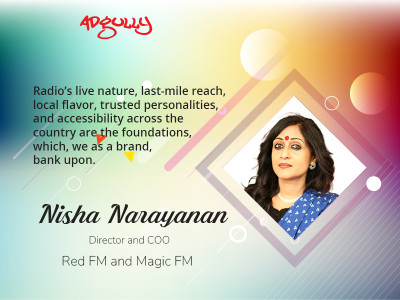
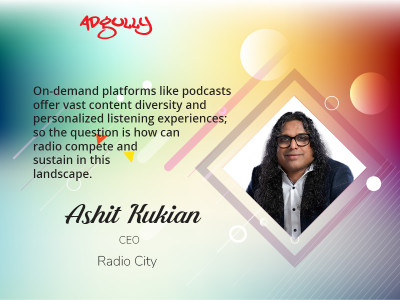
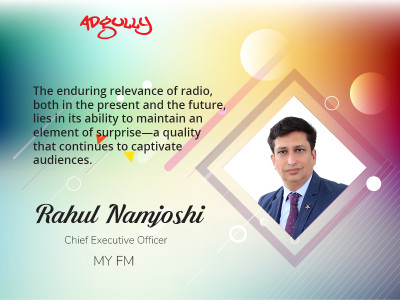

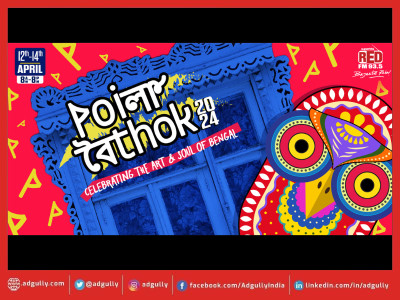
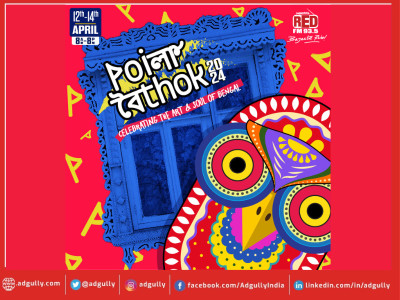
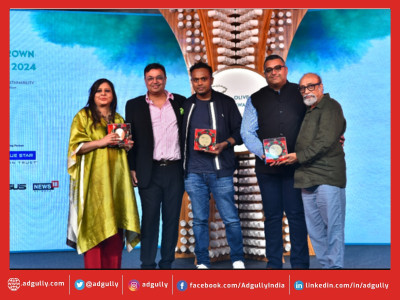

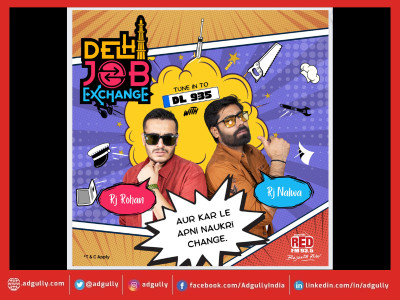
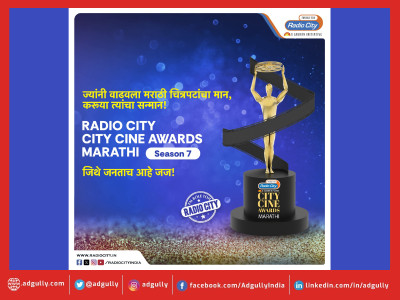



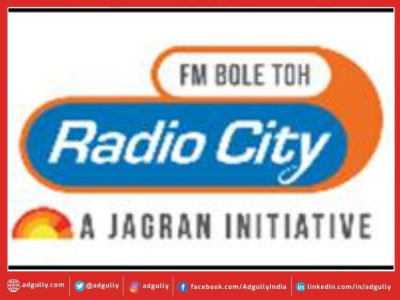
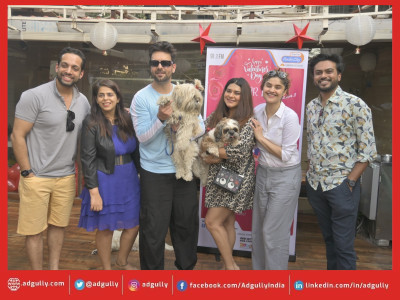


Share
Facebook
YouTube
Tweet
Twitter
LinkedIn